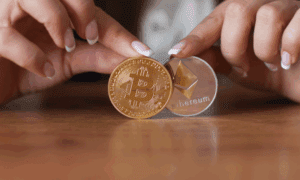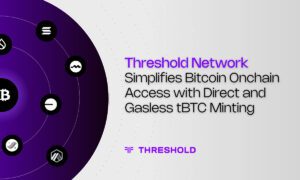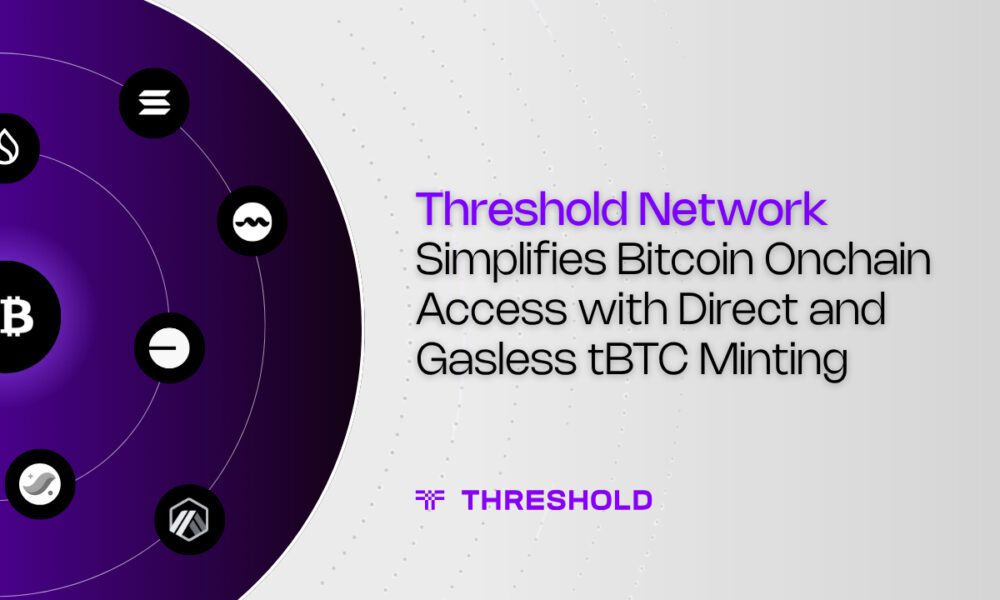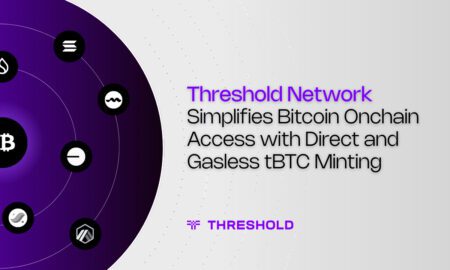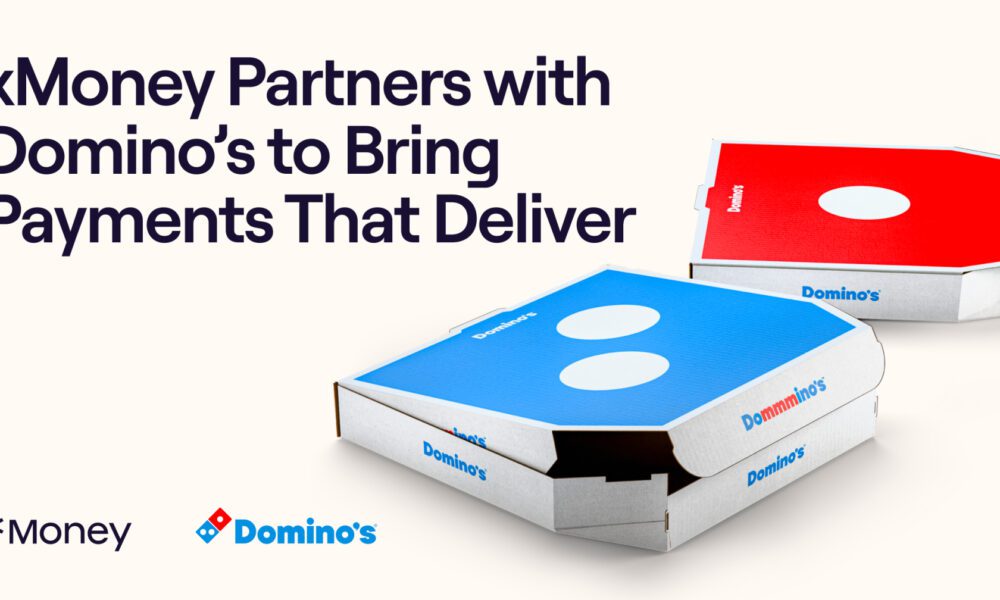The Internet of Things (IoT) has already proven to be a game-changer across industries, enabling businesses to collect real-time data from connected devices and systems to drive smarter decision-making. However, as the number of IoT devices continues to grow exponentially, so do the challenges related to security, data privacy, and device interoperability. This is where blockchain technology enters the equation, providing the missing piece that could elevate IoT to its full potential.
By combining the decentralized nature of blockchain with the connectivity of IoT, businesses are not only improving operational efficiency but also transforming their supply chains, ensuring data integrity, and reducing costs. For companies looking to gain a competitive edge, the convergence of these two technologies offers unprecedented opportunities for innovation and growth.
The Perfect Match: IoT and Blockchain
At its core, IoT refers to the network of physical devices—ranging from sensors and machines to vehicles and appliances—that are connected to the internet, enabling them to collect, share, and act on data. IoT has already revolutionized industries such as manufacturing, logistics, healthcare, and agriculture by offering real-time insights that optimize operations.
However, managing a vast network of IoT devices presents several challenges. Security breaches, data integrity issues, and the sheer complexity of managing millions of devices have raised concerns across industries.
“Blockchain provides a decentralized and secure framework for IoT networks,” explains Sharath Baddam, a leading and well-known expert in IoT and blockchain applications for industrial automation. “By using blockchain’s distributed ledger technology, businesses can ensure that data generated by IoT devices is tamper-proof, auditable, and secure—without relying on a central authority.”
Enhancing Supply Chain Transparency and Efficiency
One of the most promising applications of IoT and blockchain is in the transformation of supply chains. Traditionally, supply chains have relied on a centralized structure, making it difficult to track goods and verify their authenticity in real-time. With IoT devices embedded throughout the supply chain, companies can collect data on every stage of production, transportation, and delivery.
When combined with blockchain, this data can be stored in an immutable, decentralized ledger that ensures transparency, accountability, and trust among all parties involved.
For example, in the food industry, IoT sensors can track the temperature, humidity, and location of perishable goods as they move through the supply chain. Blockchain ensures that this data is securely recorded and easily accessible to all stakeholders, allowing them to verify the conditions under which the products were transported.
“Blockchain adds a layer of trust to IoT-enabled supply chains,” Sharath says. “Businesses can track goods from production to the end customer with full transparency, ensuring that products meet quality standards and that any deviations are immediately flagged. This reduces the risk of fraud, counterfeiting, and inefficiencies.”
This capability is particularly valuable for industries with stringent regulatory requirements, such as pharmaceuticals, where ensuring the authenticity of drugs and medical devices is critical. Blockchain can also help businesses comply with regulations by providing a verifiable record of every transaction, improving traceability and accountability across the supply chain.
Data Integrity and Security: Solving IoT’s Biggest Challenge
As IoT devices proliferate, so do the concerns about security. Each connected device presents a potential entry point for cyberattacks, which can lead to data breaches, operational disruptions, and financial losses. According to Sharath, blockchain offers a robust solution to this growing challenge.
“Because blockchain operates on a decentralized network, it eliminates the single point of failure that centralized systems face,” Sharath explains. “Each transaction is cryptographically secured and distributed across multiple nodes, making it virtually impossible for hackers to tamper with data or manipulate the system without being detected.”
In addition, blockchain’s use of smart contracts—self-executing contracts with the terms of the agreement directly written into code—can automate transactions between IoT devices, improving efficiency while ensuring that these interactions are secure and verifiable.
For example, in smart factories, IoT-enabled machines can automatically request maintenance or replacement parts based on real-time performance data. A blockchain-powered smart contract can verify the request, trigger the order from an authorized supplier, and record the transaction, ensuring that all steps are secure and transparent.
Improving Operational Efficiency and Reducing Costs
Beyond improving security and transparency, the convergence of IoT and blockchain can significantly enhance operational efficiency. By automating processes and reducing manual intervention, businesses can streamline their operations, minimize errors, and cut costs.
In logistics, for example, IoT sensors can monitor the condition of goods during transit, while blockchain ensures that all parties involved in the transaction—shippers, carriers, and receivers—have access to the same real-time information. This reduces the need for manual tracking and reconciliation, leading to faster deliveries and lower administrative costs.
Moreover, blockchain’s decentralized architecture can reduce the need for intermediaries, such as banks and payment processors, when conducting transactions across borders. With blockchain, payments can be processed instantly and securely, reducing fees and eliminating delays.
Sharath highlights the business value of this integration: “The automation and cost savings that come from combining IoT with blockchain are substantial. In industries like manufacturing and logistics, where margins are often tight, even small improvements in efficiency can lead to significant financial gains.”
Unlocking New Business Models with IoT and Blockchain
The convergence of IoT and blockchain is not only transforming existing business processes but also unlocking new business models. For example, companies can use IoT and blockchain to create decentralized marketplaces where data generated by IoT devices is securely bought and sold.
In the energy sector, IoT-enabled smart grids can use blockchain to create peer-to-peer energy trading systems, allowing consumers to buy and sell excess energy directly with one another. This reduces reliance on traditional energy providers and gives consumers more control over their energy usage.
Similarly, in the automotive industry, blockchain can enable secure, real-time communication between connected vehicles, facilitating autonomous driving and reducing the need for human intervention.
“Blockchain and IoT are enabling businesses to explore new revenue streams and rethink their traditional business models,” says Sharath. “The potential applications of these technologies are vast, and companies that adopt them early will be well-positioned to lead in their respective industries.”
The Future of IoT and Blockchain in Business
As IoT devices continue to proliferate and the demand for secure, transparent, and efficient systems grows, the integration of IoT and blockchain will become increasingly essential for businesses across industries. From enhancing supply chain transparency to improving data security and unlocking new business models, the potential for these technologies to drive innovation is limitless.
“Businesses that embrace the convergence of IoT and blockchain will have a distinct competitive advantage in the digital economy,” concludes Sharath. “By leveraging these technologies, companies can not only improve their operations but also create new opportunities for growth and profitability.”




